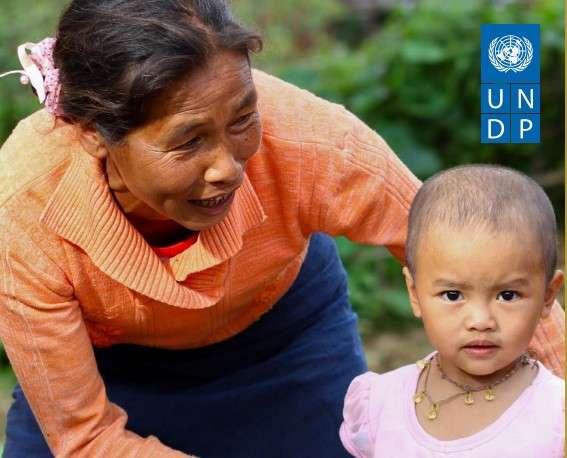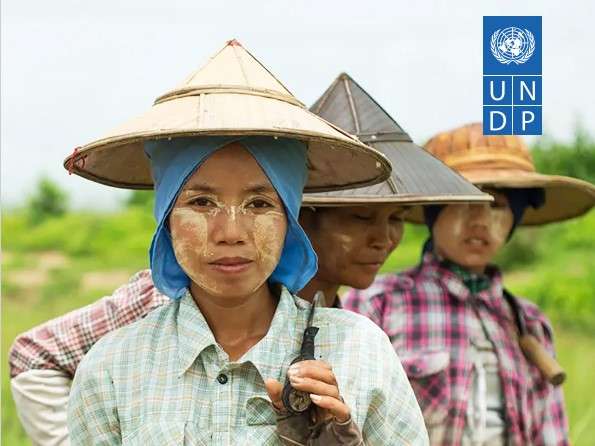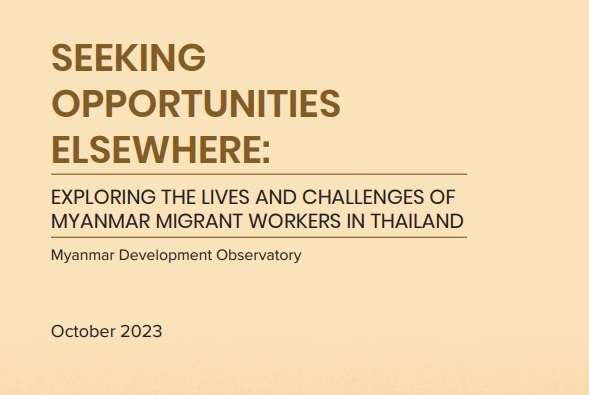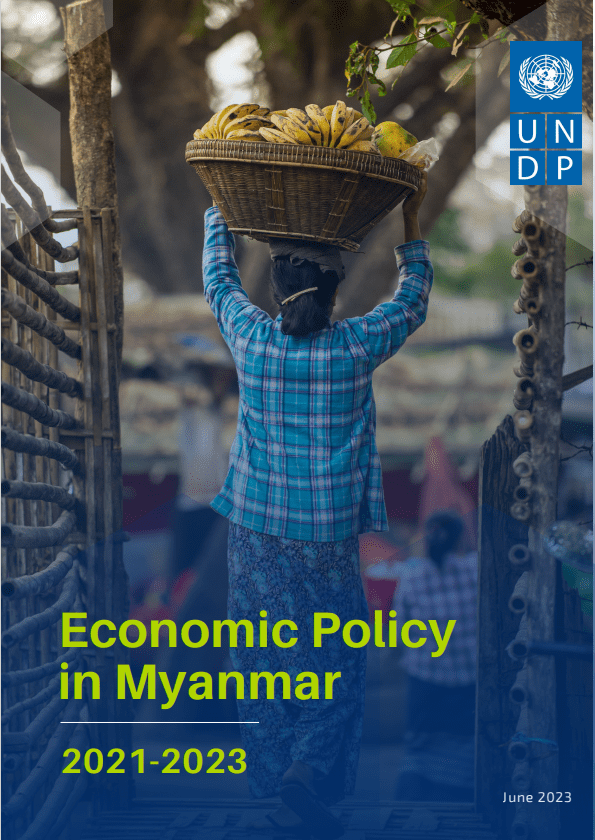
Poverty and the Household Economy of Myanmar: A Disappearing Middle Class
The contraction of household incomes since the onset of the pandemic and the political crisis
The military takeover has added additional burdens on the garment sector which had already suffered from the COVID-19 pandemic in terms of salaries, working hours, and overall working conditions. Until 2020, Myanmar’s garment sector employed over one million workers, particularly women, and halved the country’s poverty rates between 2005 and 2017.
Sepetember 2022
The military takeover has added additional burdens on the garment sector which had already suffered from the COVID-19 pandemic in terms of salaries, working hours, and overall working conditions. Until 2020, Myanmar’s garment sector employed over one million workers, particularly women, and halved the country’s poverty rates between 2005 and 2017. However, due to the twin crises, garment workers’ livelihoods can further deteriorate, with potential intergenerational consequences, thus making the effects of the ongoing crisis long-lasting. The recent World Bank economic monitor and business surveys indicated that the sector may have started recovering slowly, but this may be stalled in case the trade sanctions imposed on Myanmar are widened and deepened.
This situation analysis encompasses the experiences of 1,600 (1,200 female and 400 male), including current and former garment sector workers as well as firm owners to understand the impacts of the military takeover on their livelihoods and businesses and how they are coping with the ongoing crisis and their overall outlook on life.

The contraction of household incomes since the onset of the pandemic and the political crisis

This comprehensive report delves into the intricate dynamics of Myanmar’s food and agriculture systems, offering

Delving into the lives and challenges of Myanmar migrant workers in Thailand, this report sheds

The State Administration Council (SAC)’s opaque decision-making, confusing communications, and numerous policy changes in response